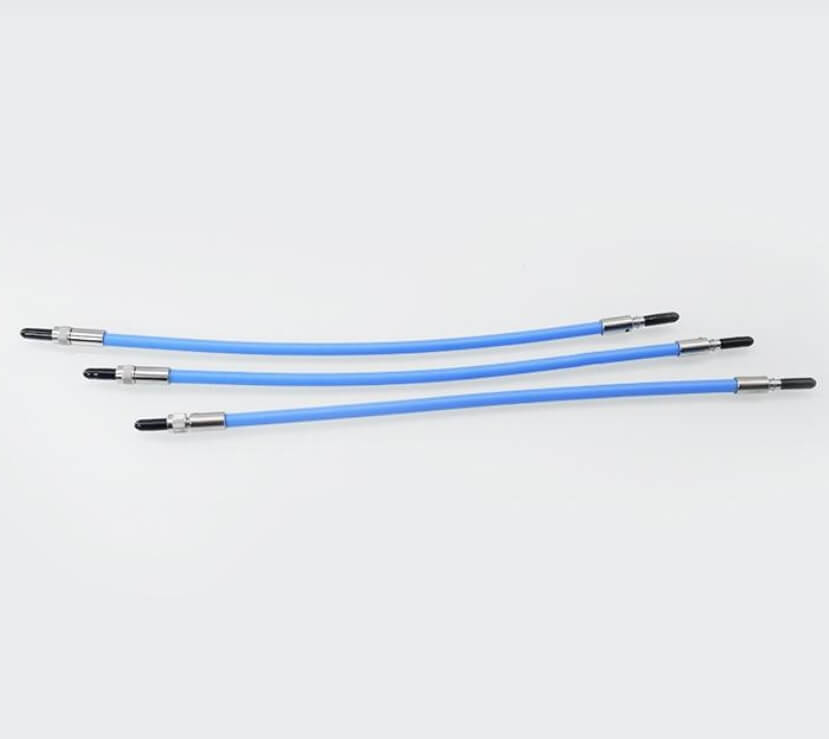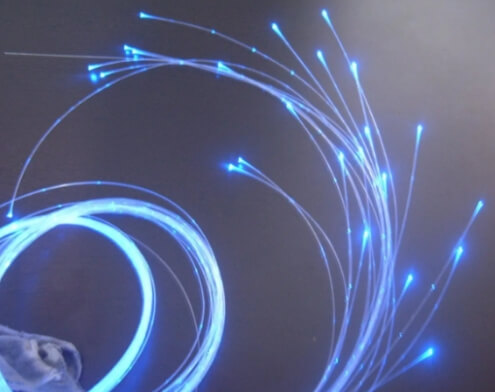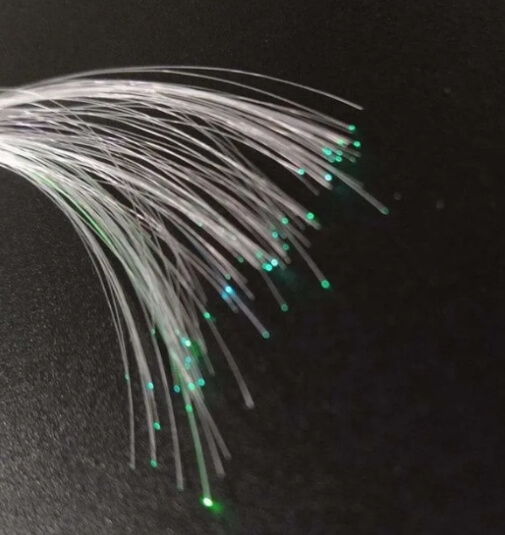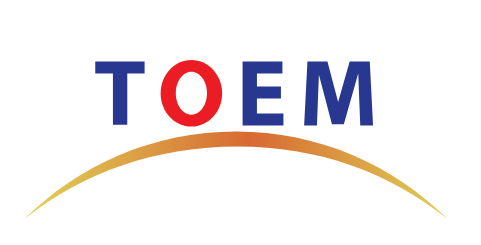Shanghai Gengyun Industrial Co., Ltd
What is UV Cured Fiber?
UV curing technology can use optical fiber to transmit UV light. In UV curing applications, specific types of optical fibers are used to transmit UV light. These uv cured fiber usually optimized for the UV band to reduce optical loss and improve transmission efficiency. Ultraviolet fiber (UVF) is a multimode optical fiber designed for use with light sources in the UV and near-UV bands. They usually have a high-hydroxyl silica structure, which excels in fiber loss and resistance to light damage.
Key points to note when designing UV-curing fiber devices

When designing a fiber device for UV curing, the following factors are usually considered: 1. UV radiation resistance: The material should be able to withstand long-term UV exposure. 2. Optical loss: The internal optical loss should weakened to maintain sufficient UV radiation intensity. 3. Numerical aperture (NA) of the fiber: A higher numerical aperture can capture more light, but it will increase loss and may affect the beam quality. 4. Matching of UV light source and fiber: Make sure that the wavelength characteristics of the light source and fiber are compatible. 5. Temperature control: UV light transmission may cause heating of the fiber. So this heating effect needs to managed to avoid damage.
Characteristics of UV Curing Optical Fiber

1.High transmittance
UV-curing optical fiber has a high transmittance to UV light and can effectively transmit UV light to the part that needs to be cured.
2.High temperature resistance
UV-curing optical fiber can withstand the high temperature generated during UV curing and will not be damaged by high temperature.
3.Corrosion resistance
UV-curing optical fiber has strong corrosion resistance to the chemical substances generated during UV curing and will not be damaged by corrosion.
4.Good flexibility
UV-curing optical fiber has good flexibility and can bent and wound to adapt to various curing environments.
Application areas of UV Curing Optical Fiber

1.Electronic industry: used for UV curing of electronic components.
2.Printing industry: used for UV curing of printed materials.
3.Paint industry: used for UV curing of paint.
4.Plastic industry: used for UV curing of plastic products.
5.Medical industry: used for UV curing of medical devices.
UV-curing optical fiber is an effective, reliable and energy-saving light source, playing an increasingly important role in the field of modern UV curing.
Points to note during UV fiber curing
1.Fiber type
The optical fiber used to transmit UV light needs to be able to operate within the UV wavelength range, and its material needs to have good resistance to UV radiation to avoid damage. For UV transmission, commonly used optical fiber types include quartz fiber.
2.Fiber structure
The optical fiber used for UV light transmission is often a simple step-index fiber or a cascaded refractive index fiber. These structural designs allow light to propagate inside the optical fiber by total internal reflection. The core and cladding materials of these optical fibers are carefully selected to allow UV light to pass through without causing too much damage to the fiber.
3.Fiber coating
Generally, the outer coating of traditional optical fibers cannot be used because it is unstable to UV light, so optical fibers used to transmit UV light usually require special coating materials that can withstand UV exposure without rapid degradation.
4.Optical loss considerations
The transmission of UV light in any medium will be lossy, especially in quartz optical fiber, so the intensity of the light source and the length of the optical fiber need to be considered during design to ensure that the light intensity reaching the curing point is strong enough to complete the curing process.
5.Coupling and focusing
Because the wavelength of UV light is shorter than that of visible light, coupling UV light into optical fiber is usually more difficult and requires optical components such as appropriate lenses to focus and guide the light into the fiber.
6.Transmission distance and efficiency
Because UV light is relatively easy to attenuate in optical fiber, the transmission distance is usually shortened as much as possible and measures are taken to increase transmission efficiency. Such as using larger diameter optical fiber.
